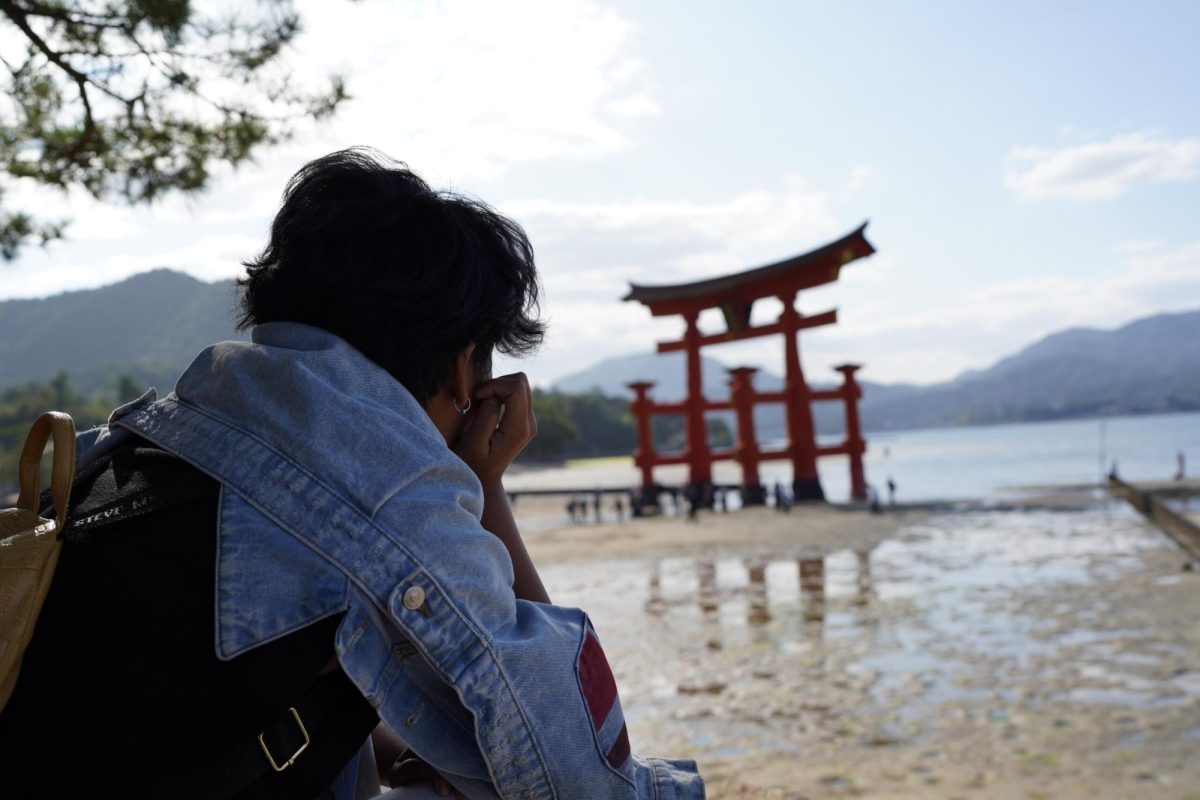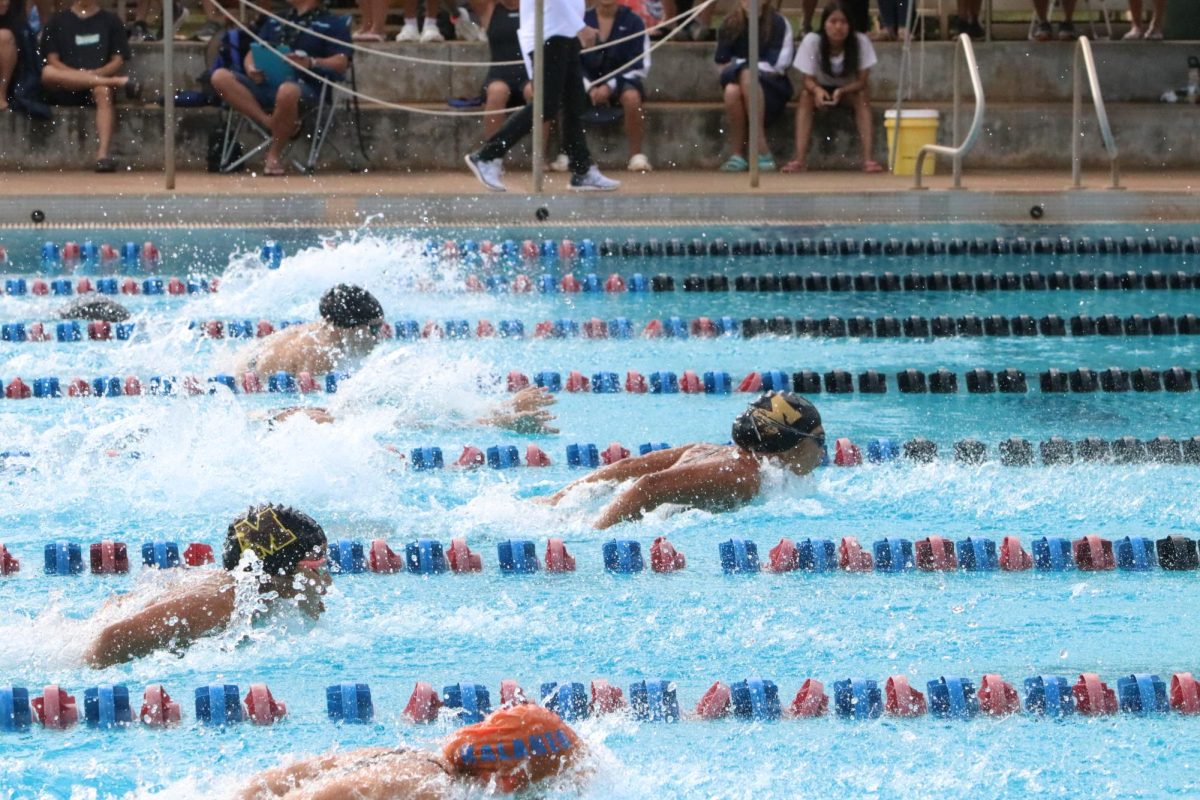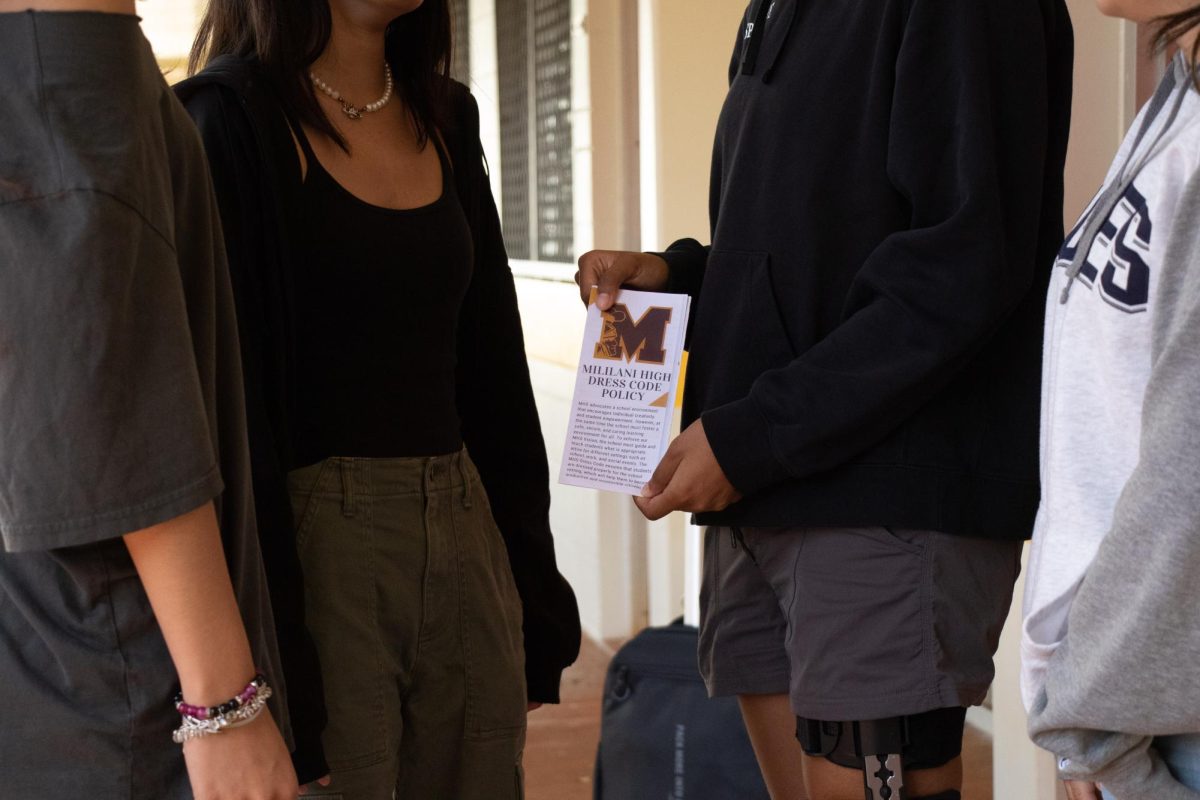Coding Club wins first place in the fifth Hawaii Annual Code Challenge
December 13, 2020
The Mililani High School’s Coding Club cracked the code to victory in the Hawaii Annual Code Challenge. Schools across Hawai’i competed in this event, including high schools and colleges like the University of Hawai’i. In this recent event, competing teams had to complete a task regarding varying levels of community development and follow separate checklist requirements. The challenge is said to gain input from the local technology community and to appeal to state departments and agencies interested in new ideas.
“We created a website for the Office of Enterprise Technology Services (ETS) that would effectively display the current status of the State IT Portfolio for potential investors and the public at large. Essentially, we were tasked with displaying complex data in a way that was more visually appealing for the public,” junior Katie Kimura said.
The task is determined by the sponsors of the event, as well as government officials on the committee. The Mililani team, or the DFE (Defining Future Expectations), was instructed to effectively display complex data in a more visually appealing way. They ended up winning first place, which was the result of major efforts from the team.
“Our team had met for countless hours preparing and discussing the game plan for the competition. We had met after study hall hours and stayed until almost 12:00 sometimes!” said senior Blayde Castro. “Due to the pandemic, our team was unable to work in person after-school to work on our project, we had to do most of our meetings virtually.”
COVID-19 changed the way meetings were run and the method of communication between members. Informational meetings and workshops were done through Zoom meetings, while the team scheduled regular meetings through other platforms like Discord. The team was taught by advisor and AP Computer Science Principles teacher Blaise Hanagami, advisor Kobe Uyeda, and advisor Kara Adan. Different skills, such as knowing how to work a website framework or user interface, were introduced to the members. A website framework is a platform that is used to help develop and build software applications, and a user interface is the design field in which a user interacts with a computer program, which is necessary for this project because the team must design a website with complex data to be more visually appealing. Afterwards, an establishment of teams and jobs were assigned based on each individual’s skill set.
“The best part of working with the club is to really see young men and women rise to the occasion and persevere through a complex challenge. These students genuinely worked together towards a common goal, and many of them sacrificed their own time to ensure that their teammates would not be let down or put in a bad situation,” Hanagami said.
Also described as a positive and encouraging work environment, the Coding Club was claimed by Kimura as an enjoyable place to be, where students could work together with a team, and create bonds with those around them. Open conversation also added to the welcoming atmosphere of the club.
“Personally, I don’t have as much experience as some of the other members, but still enjoyed participating in HACC. You can definitely learn a lot about real-world applications of programming and what it’s like to work with fellow programmers to create a project,” said Kimura.
Hanagami and Uyeda can be reached through school emails ([email protected], [email protected]).



